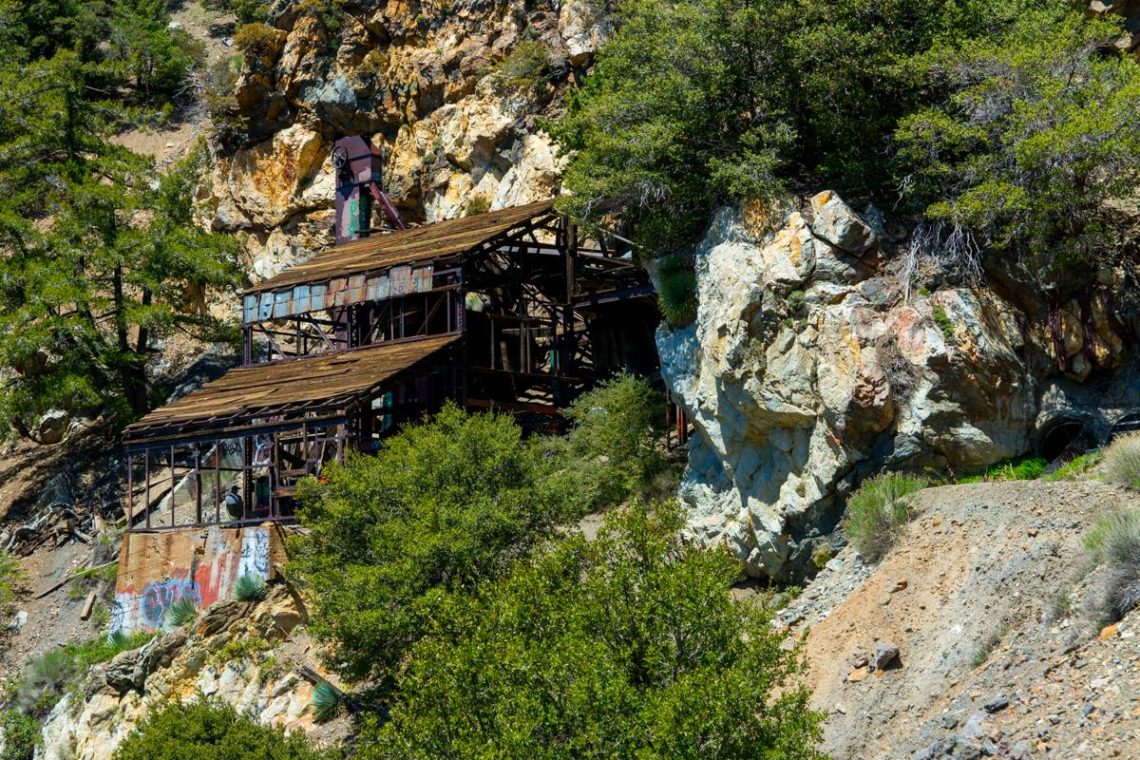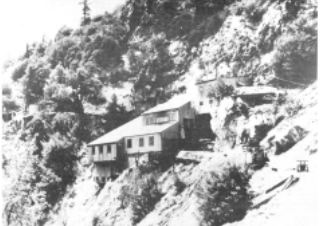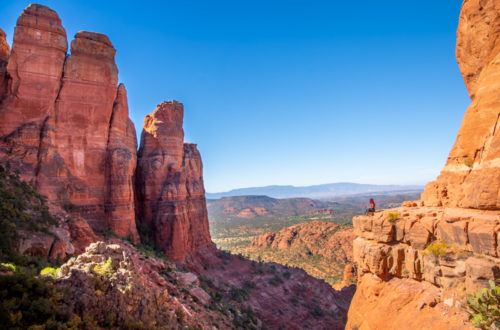Big Horn Mine was discovered by Charles “Tom” Vincent in 1859 in hopes of finding “the mother lode”. It is named the “Big Horn Mine” because Mr. Vincent was actually out hunting Big Horns the day he discovered the mine. He was the true definition of a mountain man. He lived in a log cabin that he built himself high up in Vincent Gulch.
In 1902, Mr. Vincent and his partners sold their claim to the Lowell and California Mining Company. Unfortunately for him, the mine would see its most productive years after it was sold. They carved a road into the mountainside, constructed a 10-stamp mill to crush the ore on site and blasted many of the tunnels that you see today into the mountain. They traced the gold-bearing quartz veins running throughout the mountain. Deep in the mine, the ore was loaded into mining carts, which were rolled through the mines on tracks that can still be seen near the entrance to the mine. The ore was then deposited into the stamp mill, where it was crushed. It was then loaded into wagons for the long dangerous trip down the mountain for further processing.
The Big Horn Mine had almost a decade of high profits. It hit its peak between 1903 and 1906 and had a crew of over 50 men working in the mines. But all good things must end and eventually the mines dried up and were later abandoned.
It was briefly reopened in the 1930s when the American Metal Company leased the mine and upgraded it to a 50-ton mill which was run on the power that was supplied up to the mountain by Southern California Edison. But in the end, the risk was not worth the reward. It was once again abandoned in 1936. There was another attempt in 1941, but it was short-lived.
In 2007, the Wilderness Land Trust negotiated with a private mining company to purchase the 277 acres that the mine sat on. The rising price of gold made opening the mine once again seem like a very attractive option. After further testing, it was revealed that most of the gold that is still believed to exist is buried deep in the hard rock of the mountain. This would put even the most modern mining equipment to the test. Upon this news, the Wilderness Land Trust decided to transfer the control to the United States Forest Service.
Even though the mine may now sit dormant, it has quite a proud story to tell. According to the Siskon Corporation confidential report of 1979, the Big Horn Mine was the largest producer in the mining district. It is reported to have produced 3,701 ounces of gold and 2,430 ounces of silver, in addition to 1,357 ounces of copper. Not too shabby!
Don’t forget to check out directions to this awesome spot here.
Happy Adventuring. Don’t forget to follow us on Instagram, subscribe to our Youtube channel, and sign up for our newsletter!







